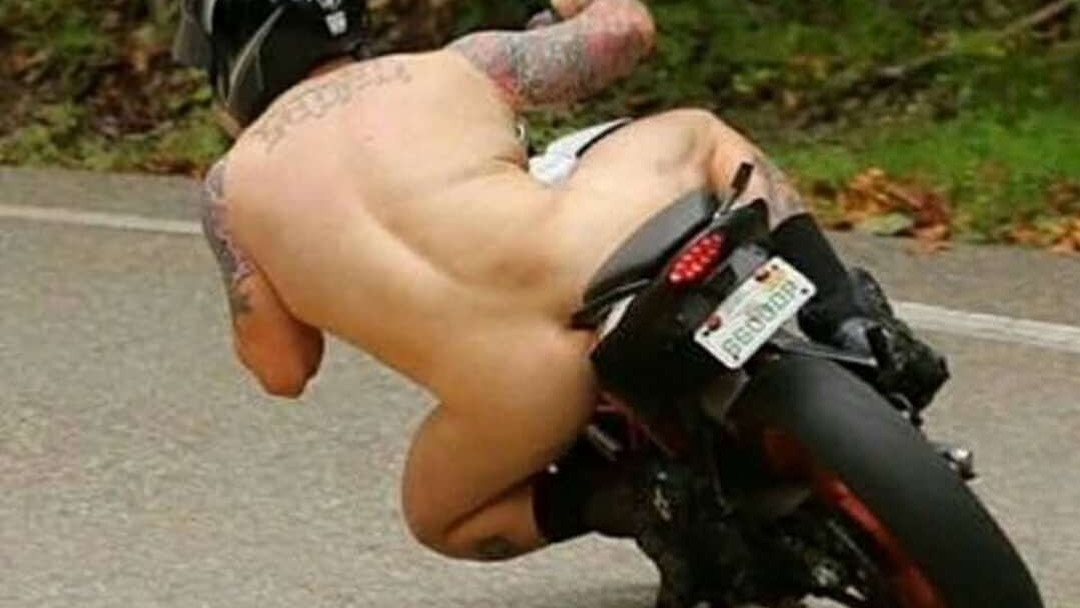cross-posted from: https://lemmy.crimedad.work/post/14038
Off the top of my head the ones I like most are from Mexico, Japan, the UK, Russia, and some of the Euro coins. Is there a source where I could just browse the various coins in regular circulation in the world? I started searching on Google, but I got a bunch of results for weird novelty coins from Somalia.


That’s pretty cool! How would someone in another part of the world collect those coins though? Does anyone sell them on ebay or something?
Ok, I’m having a slow day… so I’ll try and summarize some possibly useful knowledge!
You can find them on eBay and various sites. Search for “Chinese cash”. I wouldn’t pay more than 5$ a coin. Here in Vietnam, 2-3$ for Chinese coins in good condition is normal (Vietnamese ones cost extra). In Singapore, maybe 5$.
Be advised that online vendors probably buy in bulk from antique shops who have picked out anything actually rare from their stock. So claims of “rare” are almost always false, and claims of “ancient” are irrelevant – so many hundreds of millions of these coins were produced that anything less than about 2200 years old is super common. There are a few exceptions, like coins produced by weird factions and rebels and stuff.
There are a lot of fakes. Some of the fakes are also ancient – those are interesting. Some depict “fantasy” dynasties from legend that never existed. Like if it reads “dragon phoenix eternal dynasty” or something, it’s fake, but might still be hundreds of years old. Also some temples and whatever issued coins for visitors. This type of fake often goes on family shrines (at least they do with my in-laws).
Then there are modern replicas (I won’t call them fake as they are not produced with the intent to sell as the real deal). These are mostly for divination (e.g. I Ching), feng shui good luck charms, or for religious use. These are usually pretty obvious as they lack any real patina.
One way people collect these coins is to try and get one from every emperor. Or to create N-emperor charms, I think the most common is the 5-emperor charm (Shunzhi, Kangxi, Yongzheng, Qianlong, Jiaqing). These are used in traditional feng shui – since China was prosperous under those emperors, their names bring prosperity or something like that. You hang it somewhere specific.
Personally, I’m an anti-feng-shui practitioner. I optimize my life for the worst possible feng shui, so I get cheaper stuff superstitious people don’t want. It’s worked pretty well. Can maybe apply to these coins too – the coins for 5-emperor charms are probably more in demand. By this logic, I would make a 5-worst-emperors charm to save money (I am notoriously shrewd in matters of finance).
Next, to date the coins, you normally read the text from top-bottom-right-left (there are a few exceptions that are clockwise too I think). These symbols form the historical period when the coin was minted, which usually won’t be an exact date, but often will be within a decade or whatever unless it’s one of the ones that was produced for centuries. Sometimes there are mint marks on the verso you can use too.
You tell which part of the coin is up, by looking for the character “Bao” (寶). This is almost always the leftmost character. The character ‘Tong’ (通) is a common right-hand character, but there are several others.
Complicating matters is the occasional use of old imperial seal script instead of traditional Chinese characters. You’ll know it when you see it :D Some coins have a version in both. Knowing these things, you should be able to ID a coin on Google within about 30 minutes if you can’t read Chinese (I know this because I can’t read Chinese).
All the above applies to the Tang dynasty (say 621 CE and later). These are the more interesting and diverse ones. Earlier coins are harder to assign dates to. Wu Zhu coins (going back to 118 BCE) have some small differences over time you can sometimes use. Then before that, you’ve got knife money – little dull bronze knives that were used for trade as they could be melted down into real knives and tools. These get more expensive though, if you stick to Wu Zhu and Tong Bao coins it’s pretty affordable.
If you get a coin you can’t ID, or think you’re getting ripped off, ping me and I’ll give it a go!
Also as a shameless plug, if you message kong_ming on my instance, a Byzantine maze of technologies will set into motion, resulting in a I Ching reading sent back to you. Unless some part of the Rube Goldberg machine is down :D
(It’s a prototype hardware random number generator sitting on my desk, sending data over MQTT to the cloud, where a python script calculates yarrow-stick divinations, that then get sent to a Lemmy bot)
Wow that is some fantastic information, thanks! I’d give you some reddit tokens, but you answer is worth more than that. 😄
No worries! I’m just glad to share a neat thing :)
Oh one more thing I just remembered – ancient bronze coins were made with a fair amount of lead. If you go to a dealer, sometimes it’s a huge pile of dusty coins… that dust is like 10% lead. So resist the urge to lick your fingers, and instead go wash your hands :P